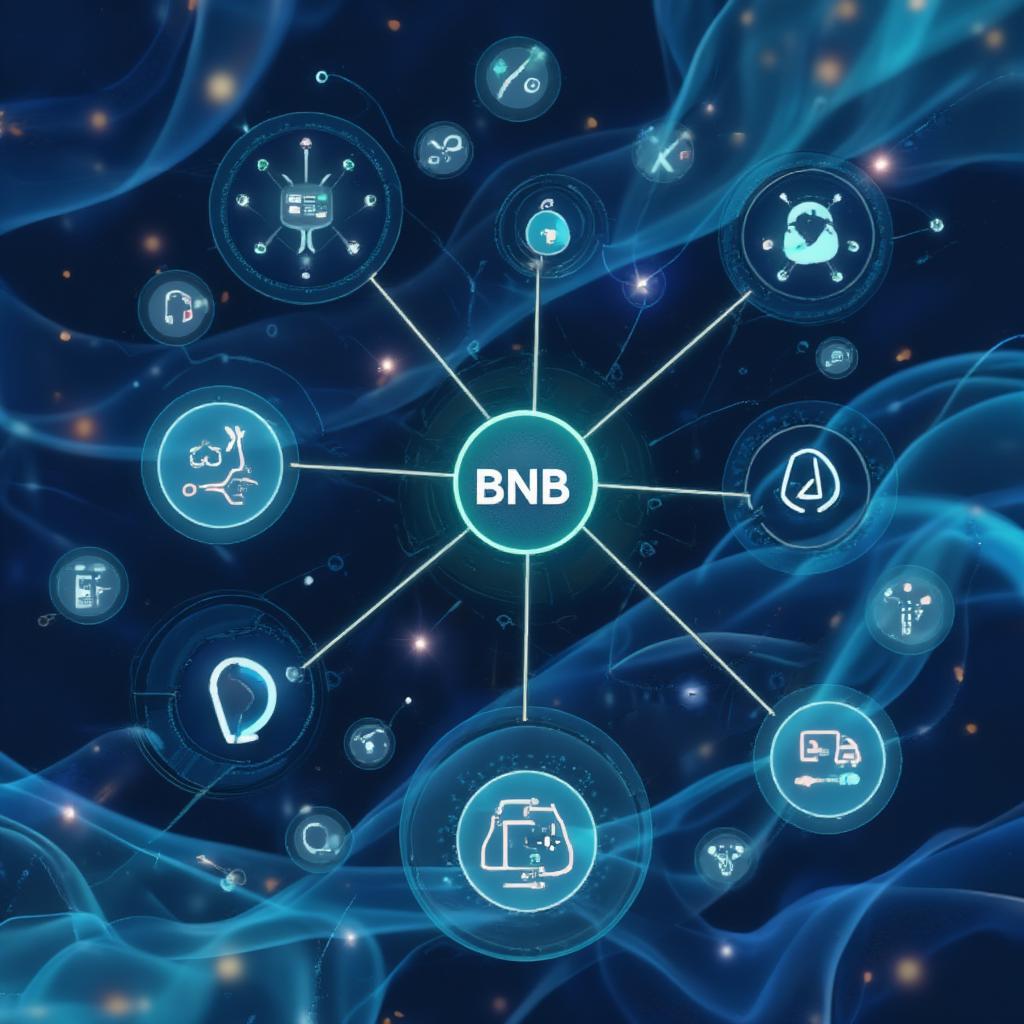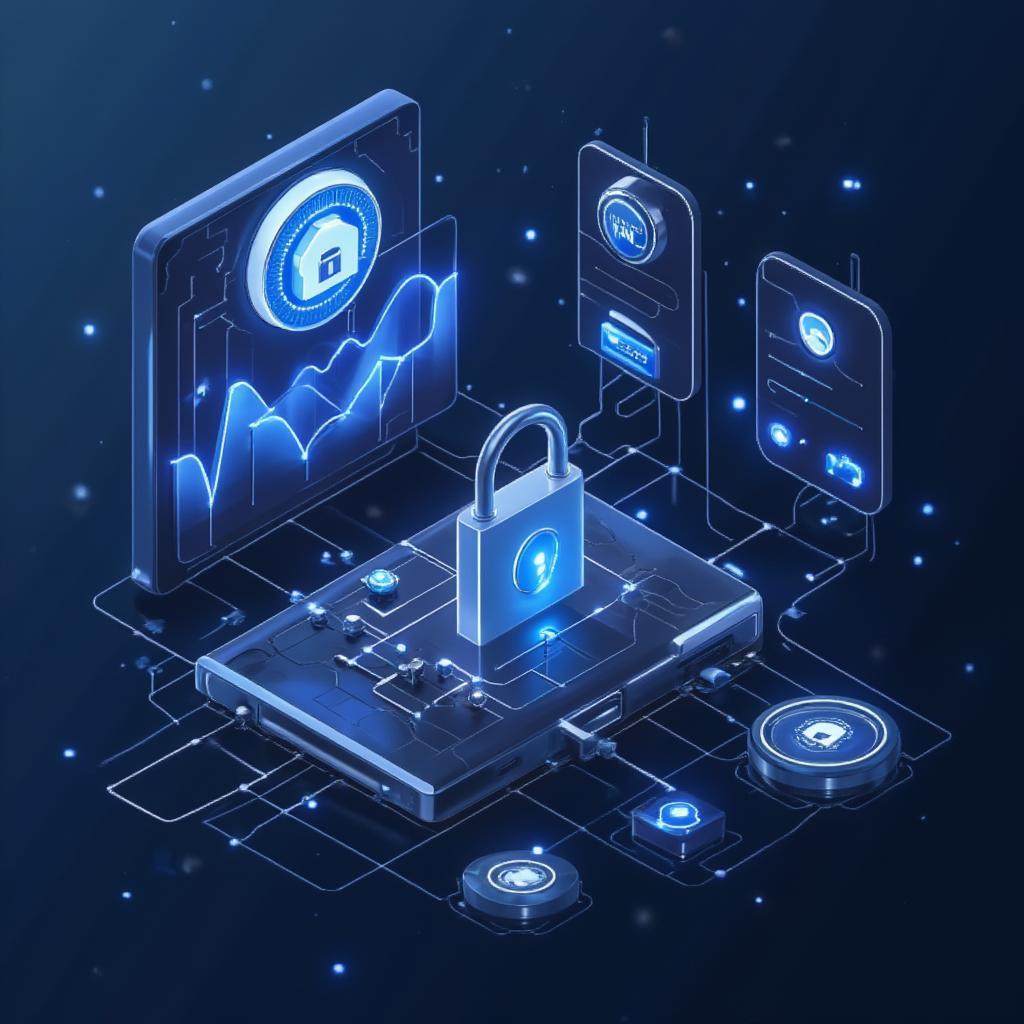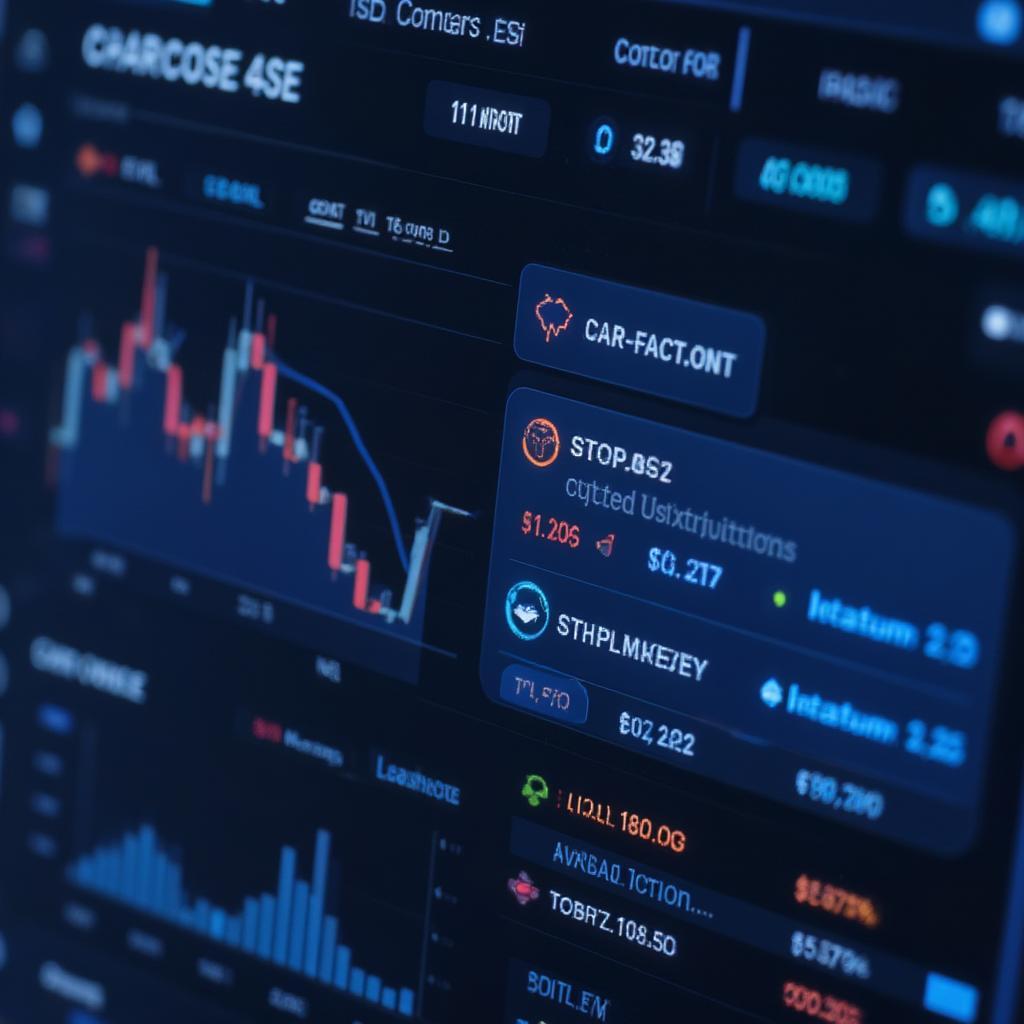Demystifying Cryptoassets: A Comprehensive Guide for Beginners and Experts

The world of finance is constantly evolving, and at its forefront lies the intriguing realm of Cryptoassets. These digital or virtual assets, secured by cryptography, have rapidly gained popularity, challenging traditional notions of money and investment. Whether you’re a curious novice or a seasoned investor, understanding the fundamentals of cryptoassets is crucial in today’s financial landscape. This guide will break down the complexities, explore various types, and discuss the impact they hold on the future of finance.
What Exactly Are Cryptoassets?
At their core, cryptoassets are digital representations of value that rely on cryptographic techniques to secure transactions and control the creation of new units. Unlike traditional currencies issued by central banks, many cryptoassets operate on decentralized networks, most notably blockchain technology. This decentralization aims to foster greater transparency, security, and user control. It is important to know that while often used interchangeably, ‘cryptoasset’ is the broader term encompassing various digital tokens and coins, whereas ‘cryptocurrency’ generally refers to digital currencies like Bitcoin.
The Building Blocks: Cryptography and Blockchain
The foundation of cryptoassets lies in two pivotal technologies: cryptography and blockchain. Cryptography, in essence, involves the use of complex mathematical algorithms to encrypt and decrypt data, ensuring secure communication and transactions. Blockchain technology, on the other hand, acts as a digital ledger, recording every transaction across a network of computers. This makes it incredibly difficult to alter or tamper with the data, fostering trust and security.
“The true power of cryptoassets lies in their ability to revolutionize traditional financial systems by introducing transparency and decentralization,” says Dr. Eleanor Vance, a leading expert in digital economics. “Understanding both cryptography and blockchain is crucial for anyone navigating this landscape.”
Types of Cryptoassets: Beyond Bitcoin
While Bitcoin is arguably the most well-known cryptoasset, the ecosystem is vast and diverse. Here’s a breakdown of common types you’ll encounter:
- Cryptocurrencies: These are designed to function as a medium of exchange. Examples include Bitcoin (BTC), Ethereum (ETH), and Litecoin (LTC). They focus primarily on peer-to-peer transactions and often feature a limited supply designed to combat inflation.
- Utility Tokens: Unlike cryptocurrencies, utility tokens provide access to a particular platform or service. Think of them as digital membership cards or coupons. They are often issued during an Initial Coin Offering (ICO) and may or may not have long-term investment value.
- Security Tokens: These tokens represent ownership in an underlying asset, like stocks, bonds, or real estate. They are subject to securities laws and regulations, making them fundamentally different from cryptocurrencies. Security tokens often promise dividends or profits to their holders.
- Stablecoins: Designed to minimize price volatility, stablecoins are pegged to a stable asset like a fiat currency (e.g., USD) or a commodity (e.g., gold). They aim to bring stability and predictability to the often turbulent crypto market, often being used as a safe harbor for investors during market swings.
Investing in Cryptoassets: A Guide to Navigating the Risks
Investing in cryptoassets can be both exhilarating and fraught with risk. Before diving in, it’s essential to understand the potential pitfalls and adopt a responsible investment strategy:
- Do Your Research (DYOR): Thorough research is paramount. Understand the project, its technology, its team, and its use case. Don’t invest based on hype alone.
- Start Small: Begin with a small amount of capital you’re comfortable potentially losing. The crypto market is notoriously volatile.
- Diversify: Don’t put all your eggs in one basket. Diversify your portfolio across different cryptoassets to mitigate risk.
- Use Reputable Exchanges: Only use well-established and secure exchanges for buying and selling. Protect your wallet credentials and be aware of phishing scams.
- Consider Long-Term Value: Rather than focusing on short-term gains, consider the long-term potential of the technology and the cryptoasset.
- Stay Updated: Keep informed about the latest news, regulations, and technological advancements in the crypto space.
Understanding Market Volatility
The volatility of the cryptoassets market is one of its defining features. Prices can fluctuate wildly in short periods, driven by market sentiment, news, regulatory announcements, and technological developments. This volatility presents both risks and opportunities for investors. Understanding what causes these fluctuations and having a sound strategy are critical.
“The volatile nature of cryptoassets is not necessarily a bad thing,” suggests Jonathan Reed, a financial strategist. “It creates opportunities, but you need to approach it with caution and have a clear investment plan.”
The Future of Cryptoassets: Beyond Investment
The applications of cryptoassets extend far beyond simple speculation and investment. They hold the potential to disrupt various sectors and reshape how we interact with finance, technology, and even society. Consider these future possibilities:
- Decentralized Finance (DeFi): DeFi aims to recreate traditional financial services like lending, borrowing, and trading using decentralized protocols. This could potentially lead to a more inclusive and efficient financial system.
- Non-Fungible Tokens (NFTs): NFTs represent unique digital assets, such as art, collectibles, or virtual real estate. They’ve created new ways for creators to monetize their work and for collectors to own unique digital items.
- Smart Contracts: Smart contracts are self-executing contracts with the terms written directly into code. They can automate processes and enforce agreements without the need for intermediaries.
- Digital Identity: Cryptoassets and blockchain technology can provide secure and decentralized solutions for managing digital identities. This can address some of the major issues surrounding data privacy and security in the modern age.

How Can Cryptoassets Impact Traditional Finance?
The integration of cryptoassets into the mainstream financial system is accelerating. While still early, there are signs that traditional institutions are taking crypto seriously. Here are a few key areas:
- Increased Adoption by Institutions: Major corporations and investment funds are increasingly adding cryptoassets to their balance sheets. This institutional interest could drive greater stability and maturity in the market.
- Regulatory Scrutiny and Compliance: As cryptoassets gain traction, regulators are introducing rules and laws to protect investors and prevent illicit activities. This could legitimize the market and attract more widespread adoption.
- Potential Disruption of Banking: The decentralized nature of many cryptoassets challenges the traditional roles of banks and financial intermediaries. This could lead to a more competitive and accessible financial landscape.
“Cryptoassets are not just another fleeting trend,” comments Isabella Ramirez, a tech innovation analyst. “They are fundamentally changing the way we think about finance and will continue to do so for the foreseeable future.”
What are the Challenges Associated with Cryptoassets?
Despite their revolutionary potential, cryptoassets also face several challenges that need to be addressed for mainstream adoption:
- Volatility and Risk: High volatility is a major barrier for many potential investors. The market remains speculative, and significant price crashes are not uncommon.
- Security Concerns: While blockchain technology is highly secure, exchanges and individual wallets can be vulnerable to hacking and theft. Users must take precautions to protect their assets.
- Scalability Issues: Some blockchains struggle to handle high transaction volumes, limiting their ability to serve a large number of users.
- Regulatory Uncertainty: The lack of clear and consistent regulations can create uncertainty and stifle innovation.
- Environmental Concerns: Some cryptoassets, particularly those based on proof-of-work, consume significant amounts of energy, raising environmental concerns.
Conclusion: Embracing the Cryptoasset Revolution
The world of cryptoassets is complex and constantly evolving. However, understanding the fundamentals, adopting a responsible approach to investment, and staying informed about the latest developments is key to navigating this dynamic landscape. While there are risks involved, the potential rewards are substantial, both in terms of financial gain and technological innovation. As cryptoassets continue to gain mainstream acceptance, it’s clear they will play an increasingly important role in shaping the future of finance and beyond. Welcome the shock of the future, the future of finance is unfolding before our very eyes.
Frequently Asked Questions (FAQs) about Cryptoassets
-
What’s the difference between a cryptoasset and cryptocurrency? While the terms are often used interchangeably, a cryptoasset is the broader term encompassing all types of digital assets using cryptography, whereas cryptocurrency generally refers specifically to digital currencies like Bitcoin, used for peer-to-peer transactions.
-
Are cryptoassets regulated? Regulations vary widely by jurisdiction. Many countries are still developing specific laws and guidelines related to cryptoassets. It’s essential to stay informed about the regulations in your country and your area of jurisdiction.
-
How do I store my cryptoassets safely? You can store your cryptoassets in a digital wallet. This wallet can be either a hot wallet (connected to the internet) or a cold wallet (not connected to the internet, and typically safer). It’s essential to protect your wallet’s private keys.
-
What is a blockchain? Blockchain is a decentralized, distributed ledger that records all transactions in a secure and transparent manner. It acts as the underlying technology for most cryptocurrencies and cryptoassets.
-
What should I look for when investing in cryptoassets? Always do your research and start small. Look for projects with strong fundamentals, a clear use case, and a reputable team. Don’t invest based on hype alone.
-
What are some of the most common scams in the crypto world? Common scams include phishing attempts, fake ICOs (initial coin offerings), and pump-and-dump schemes. Always be cautious and verify the legitimacy of any investment before committing any funds.
-
What is the environmental impact of cryptoassets? Some cryptoassets, like Bitcoin, use a proof-of-work consensus mechanism that consumes a significant amount of energy. However, alternative consensus mechanisms are being developed and are becoming more popular, which can be more energy efficient.
-
How volatile are cryptoassets? The crypto market is known for its high volatility. Prices can fluctuate wildly in short periods. This is a risk factor that should be considered carefully before investing.
-
Can I use cryptoassets for everyday transactions? The use of cryptoassets for everyday transactions is becoming increasingly common in some countries. However, their adoption as a means of payment varies significantly depending on the specific cryptoasset and the acceptance by merchants.




